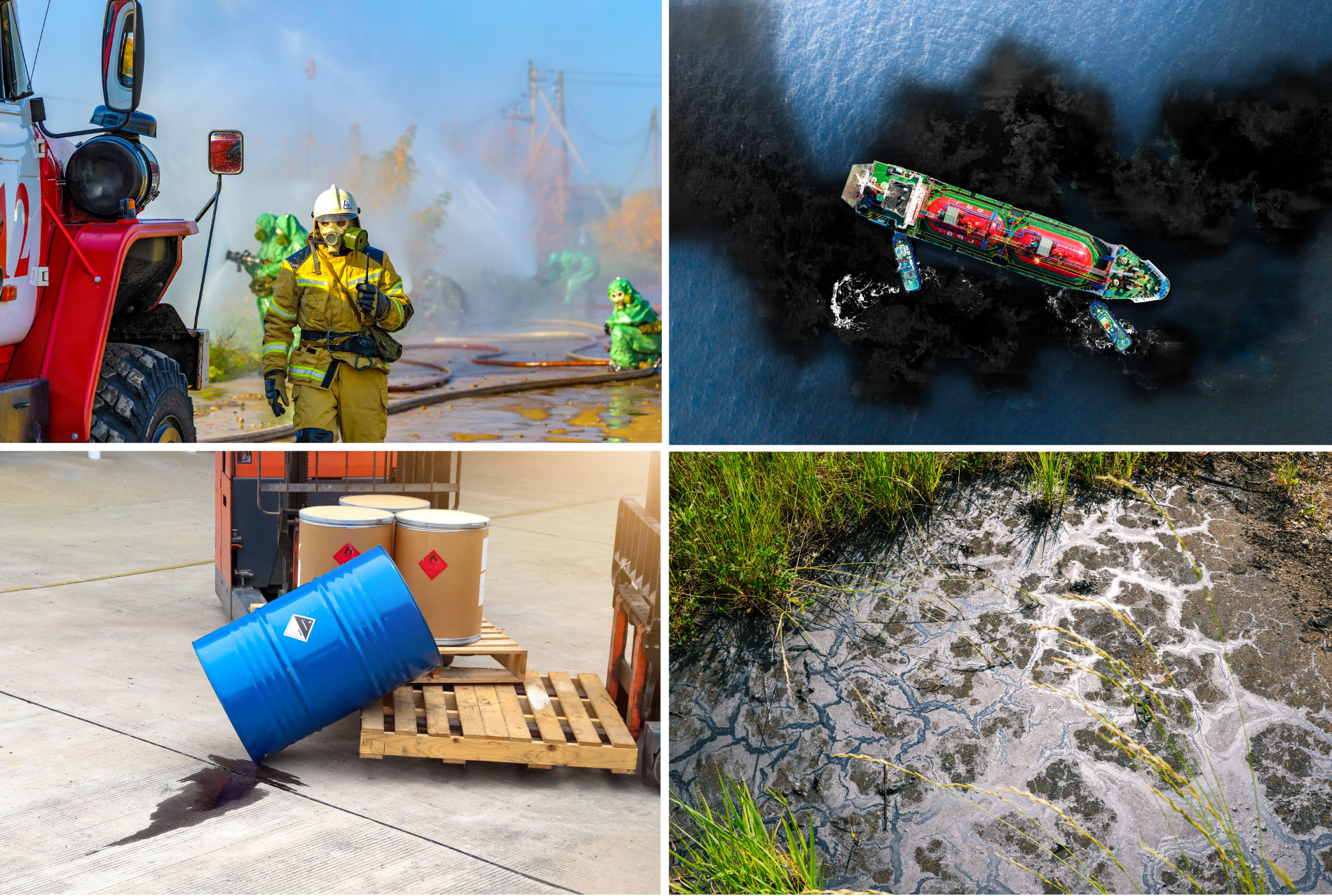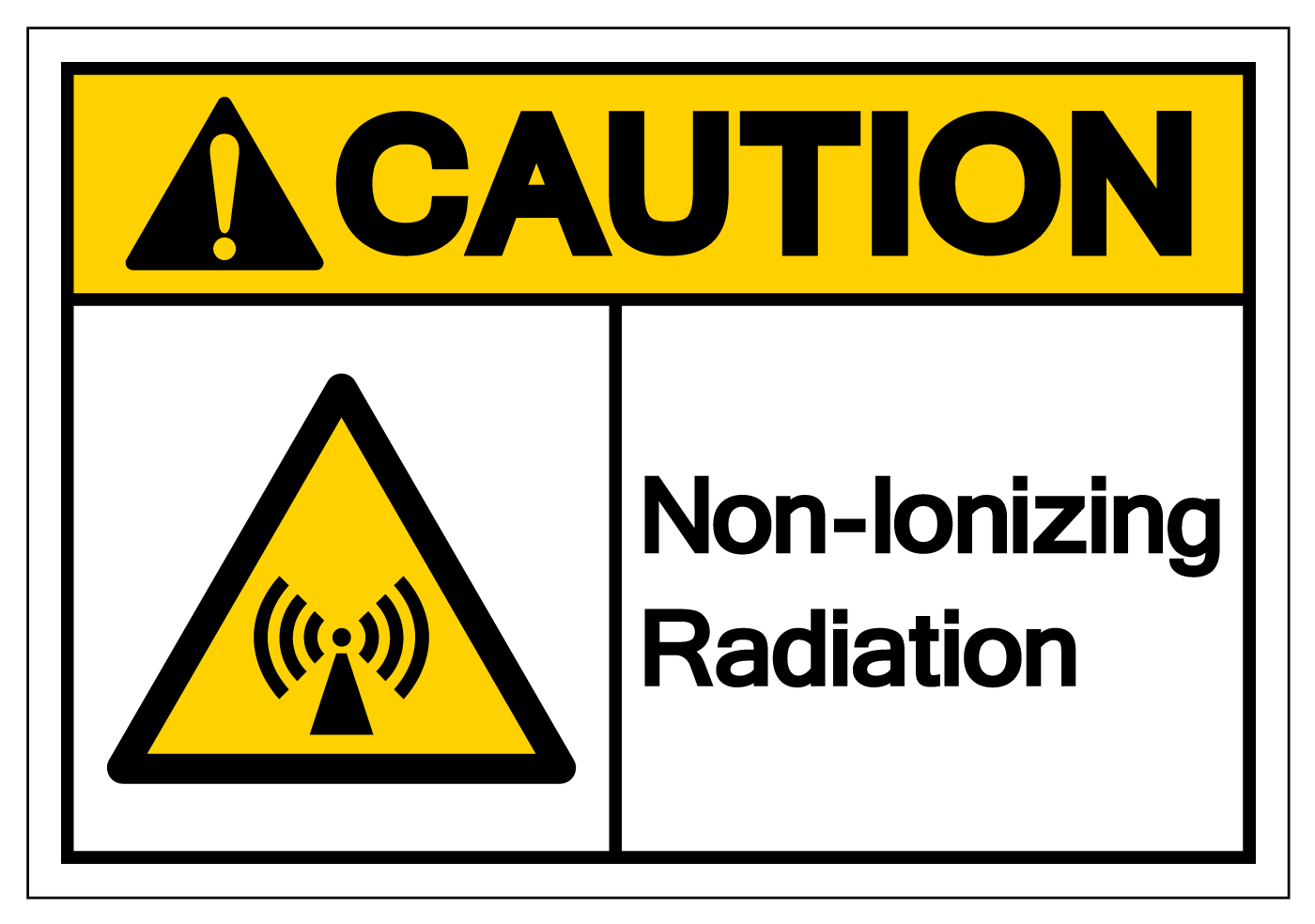The federal Occupational Safety and Health Administration (OSHA) applies wide-ranging authority to enforce its regulatory standards on subject employers. OSHA organizes this authority through a variety of enforcement programs, including a Severe Violator Enforcement Program (SVEP) focused on “employers that have demonstrated indifference to their OSH Act obligations by committing willful, repeated, or failure-to-abate violations.” On September 15, 2022, OSHA revised SVEP for the first time since 2010, significantly expanding its scope (Directive CPL 02-00-169, SVEP (9/15/22)). The rest of this note discusses SVEP, highlighting the latest revisions.
Read MoreAudit, Compliance and Risk Blog
Jon Elliott
Recent Posts
OSHA revises and expands its Severe Violator Enforcement Program
Posted by Jon Elliott on Mon, Oct 03, 2022
Tags: Health & Safety, OSHA, Workplace violence
The US federal Occupational Safety and Health Administration (OSHA) regulates workplace exposures to radiation, in two separate standards that distinguish between “non-ionizing” and “ionizing” radiation. OSHA’s Ionizing Radiation Standard (29 CFR 1910.1096) covers workplaces that contain a broad range of high-energy atomic and sub-atomic particles (alpha, beta, gamma, and X-rays, for example), and radioactive materials that emit such particles. The Standard establishes exposure and dosage levels, requires workplace and employee monitoring, and specifies measures to protect workers against ionizing radiation. The rest of this note discusses the Ionizing Radiation Standard. (I wrote about the Non-ionizing Radiation Standard HERE).
Read MoreTags: Health & Safety, OSHA, Safety and Health at Work, radiation
Chemical Safety Board issues compliance guidance chemical incident reporting rule
Posted by Jon Elliott on Tue, Sep 20, 2022
The federal Chemical Safety and Hazard Investigation Board – which usually refers to itself as the Chemical Safety Board or CSB – conducts independent investigations of major chemical accidents, issues accident-specific findings, and offers specific or general recommendations for improved chemical handling and regulation. In August 2022, CSB has issued compliance guidance addressing its “Chemical Incident Reporting Rule” (actually 6 rules, in 40 CFR part 1604) (I wrote about the Rule when it was adopted in February 2020, HERE). The remainder of this note summarizes CSB’s latest guidance.
Read MoreTags: Health & Safety, OSHA, Safety and Health at Work, chemical safety
EPA proposes Re-Re-Revisions to Accidental Release Prevention Rules
Posted by Jon Elliott on Mon, Sep 12, 2022
No, the title is not a stutter; I’ve written it that way to emphasize that the new Environmental Protection Agency (EPA) proposal to revise its Accidental Release Prevention (ARP) program rules under the Clean Air Act (CAA) represents only the latest step in nearly-decade-long changes to these requirements across the last three Presidential administrations. ARP was enacted after the 1990 Clean Air Act (CAA) Amendments, and its often known by its core requirement that targeted facilities prepare Risk Management Programs (RMPs) to prevent and respond to potential catastrophic releases of chemicals.
Read MoreTags: EPA, chemical safety, Environment, Toxics Release
The federal Occupational Safety and Health Act of 1970 (OSH Act) grants the Occupational Safety and Health Administration (OSHA) nationwide authority to issue and enforce worker protection measures at most workplaces. However, some categories of employers are regulated by other agencies, including DOL’s Mine Safety and Health Administration (MSHA), the Nuclear Regulatory Commission (NRC), and the Environmental Protection Agency (EPA).
In addition, the OSH Act outlines procedures for states to apply to OSHA to assume OSH Act authority within their boundaries – a state prepares a “state plan” to undertake OSH Act regulation of public sector (state and local government) workers, and optionally private employers as well (29 USC 667). Once OSHA approves such an application, the state is delegated authority and commonly referred to as a “state plan state.” There are presently 22 State Plans covering both private and public sector employees, and 7 more covering only state and local government workers. Although these OSHA-state relationships are generally very stable, two states’ status has been up for review during 2022: OSHA is considering whether to revoke Arizona’s delegation, and has just granted Massachusetts a new state plan role regulating public sector employees. The rest of this note discussed state plans, and identifies issues with the two states.
Read MoreIs your organization hiring "temp" workers this summer—to gear back up after COVID-19, meet seasonal demand from tourists or other customers, or maybe just to fill in while permanent workers take vacations? Most employers recognize that occupational safety and health laws throughout North America assign them an Employer's General Duty to protect their own employees from workplace hazards. Some don’t remember that this duty also applies to shared employees, and even to other employers’ employees while they’re at your workplace. This month, the US Occupational Safety and Health Administration (OSHA) is re-emphasizing ongoing efforts to ensure protections for temporary workers ("temps"), pointing to its Temporary Worker Initiative (started in 2013), and extending its “Ambassador Alliance” with the American Staffing Association (started in 2014; ASA is a professional association that describes itself as “the voice of the U.S. staffing, recruiting, and workforce solutions industry”).
Read MoreCanadian securities administrators propose climate-related disclosure requirements for public companies
Posted by Jon Elliott on Mon, Aug 22, 2022
When must organizations evaluate and disclose how climate change will affect their operations?
The Canadian Securities Administrators (CSA) provides a cooperative forum for Canada’s provincial and territorial securities regulators, including the development of model regulations and associated guidance. Last October, CSA took its latest step toward climate-related disclosure requirements, by proposing “National Instrument 51-107 – Disclosure of Climate-related Matters;” public comments were due by January 17, 2022. Assuming CSA moves ahead and finalizes this National instrument (NI), then securities regulators throughout Canada will enact equivalent requirements and establish compliance deadlines for companies they regulate.
Read More
Tags: climate change, Environment, Canada, Climate
The US federal Occupational Safety and Health Administration (OSHA) regulates workplace exposures to radiation, in two separate standards that distinguish between “non-ionizing” and “ionizing” radiation. OSHA’s Non-ionizing Radiation Standard (29 CFR 1910.97) addresses workplace exposures to electromagnetic waves from radio and microwave sources. OSHA has established radioactive exposure levels intended to protect exposed employees, and requires placarding to inform those who enter areas bathed in non-ionizing radiation.
Read MoreTags: Health & Safety, OSHA, Safety and Health at Work, radiation
California phasing out non-recyclable single-use plastics
Posted by Jon Elliott on Mon, Aug 08, 2022
On June 30, 2022, California governor Gavin Newsom signed state Senate Bill (SB) 54, enacting the “Plastic Pollution Prevention and Packaging Producer Responsibility Act.” The Act phases in a ban on non-recyclable single-use plastics by 2032, and requires that threshold proportions of single-use items sold as “recyclable” will actually be recycled. Its implementation will make use of “extended producer responsibility” mechanism similar to those used in California and elsewhere for other enhanced recycling programs (I’ve written about these before, most recently HERE and HERE). The new Act will be overseen by the California Department of Resources Recycling and Recovery (CalRecycle). The new Act complements a variety of other state programs, many also overseen by CalRecycle. The remainder of this note discusses SB 54’s provisions.
Read MoreTags: California, Environment, plastics, microplastics
The US federal Occupational Safety and Health Administration (OSHA) regulations specify the formats of workplace warning signs and tags to alert workers to the presence of a variety of physical and health hazards. OSHA’s Accident Prevention Signs and Tags Standard (29 CFR 1910.145) specifies wording, colors, shapes—even requiring sign corners to be rounded off. OSHA sets up a hierarchy of hazards, and associated warnings. In addition, many of OSHA’s targeted standards include specific requirements for signs and tags.
Read MoreTags: Health & Safety, OSHA, workplace safety, safety violations, Warning Signs










